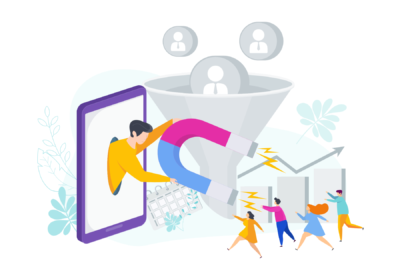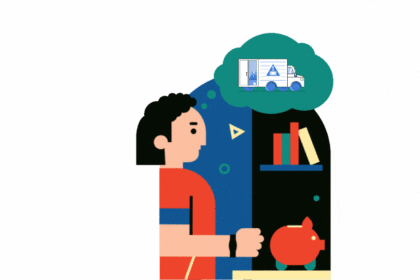
Why should a customer give you repeat business, assuming you are part of a perfect competition economy, especially in the online market, when the customer can enter any website of his choice and buy from there? Why would a customer stick to you through thick and thin? This is where the concept of loyalty programs comes into the picture.
Amazon Prime is a great example of a successful loyalty program. For a down payment of $99 a year, Amazon Prime membership entails you to free Two-Day Shipping; you are not constrained by minimum order size, you can stream movies instantly, you get ad free access to lots of music libraries, you can read free books on Kindle. What does Amazon achieve by offering this program? What does the customer achieve by buying Amazon Prime membership?
From both ends of the spectrum
From the customer’s point of view, he gets his goods delivered as a priority shipment. He gets to have some clout and gets better service. From the store’s point of view, it builds a steady and loyal customer base. Loyal customers are important because they provide the consistency. They help build volumes of business which is critical for mass production. These are the customers who advocate your brand with others and bring in new customers.
Loyalty programs reward loyal customers and encourage retention. Like an airline that thinks if it should upgrade you to business class or not, the store has to look into a lot of issues before thinking of selling a loyalty program. Giving customers a bouquet of benefits sounds great. But the program has to be
The organization must sell the loyalty program and wait for a while to see benefits. Pulling it back in a short while does not look good and you might lose brand with that move. Such programs are marketed in such a way that it attracts new customers and retains them for a while.
Another kind of loyalty program is the points based loyalty programs. It’s quite simple- buy, accrue points. Redeem points. The average customer, in hopes of getting something worthwhile from the store, builds his stash of loyalty points. In order to do so, he returns to your store and stays away from your peers.
The key points that are to be focused on, before offering a loyalty program are:
-
Identify and target the best existing customers
-
Optimize the anticipated profit
-
Retain customers longer
A good loyalty program has to address the points above and be marketed extremely well, in order to be a success. The cost of acquiring a new customer is higher than retaining an existing customer. So, loyalty programs come in handy and help retain customers longer.
Fringe benefits:
A fringe benefit of loyalty programs is that you can collect a lot of data about the customer’s shopping habits. This can be intelligently used by the Business Intelligence people. They collate the data and identify customers who bring in the most and least revenues. This helps them come up with products and services that cater to these customers. That brings in more profits.
Image courtesy: http://www.impactlearning.com






